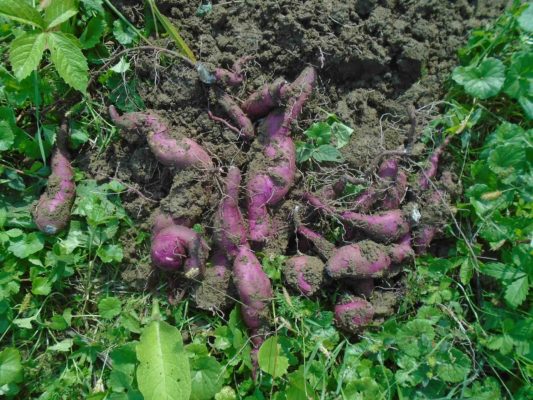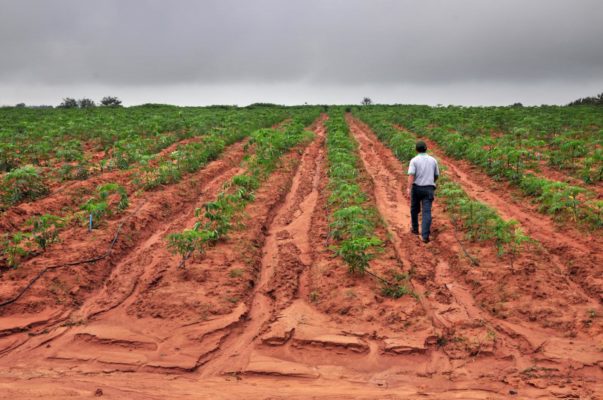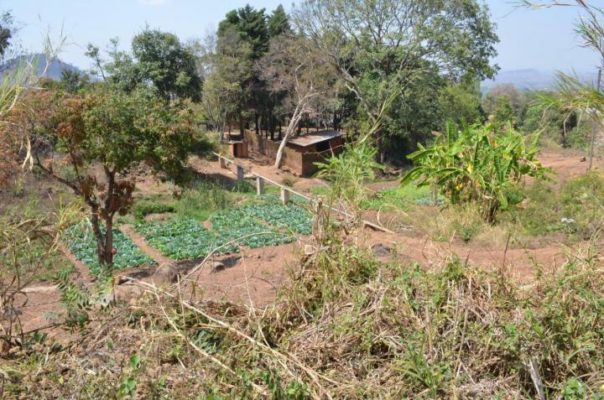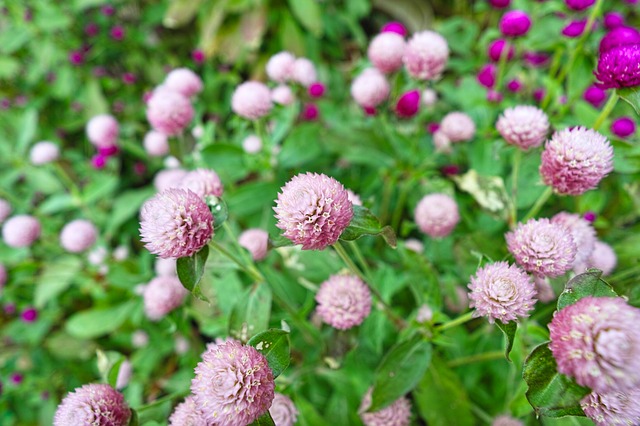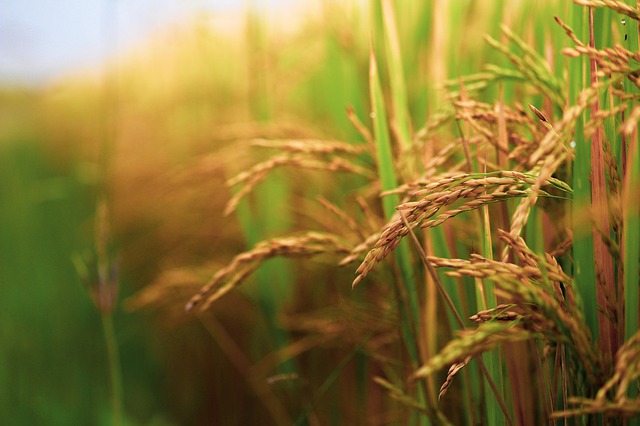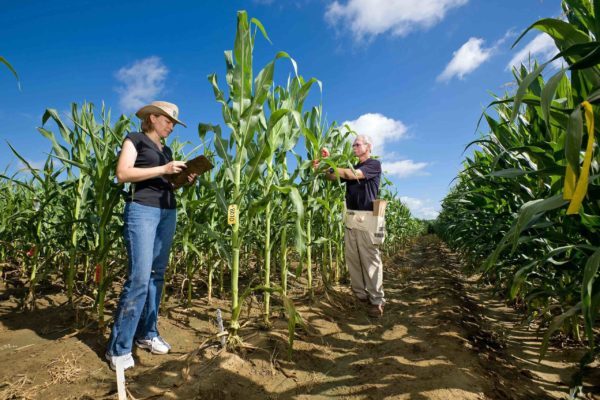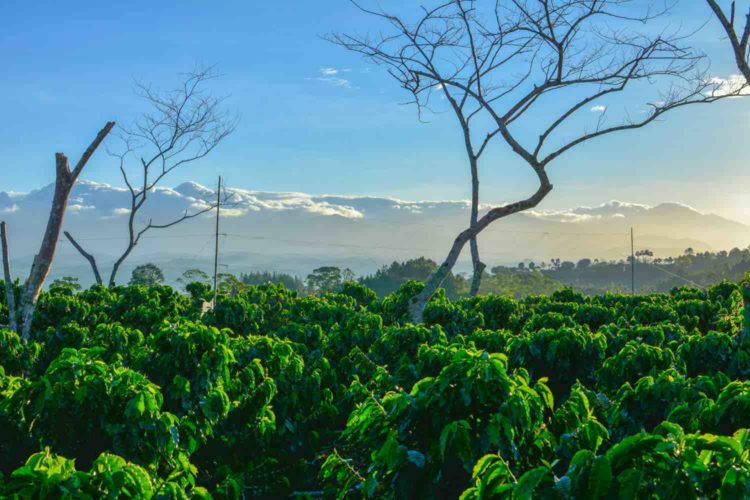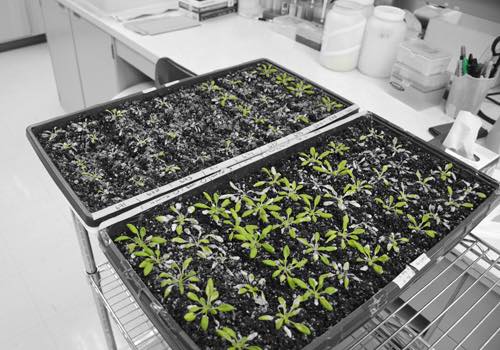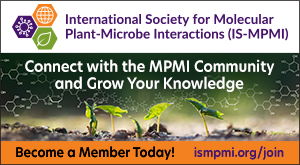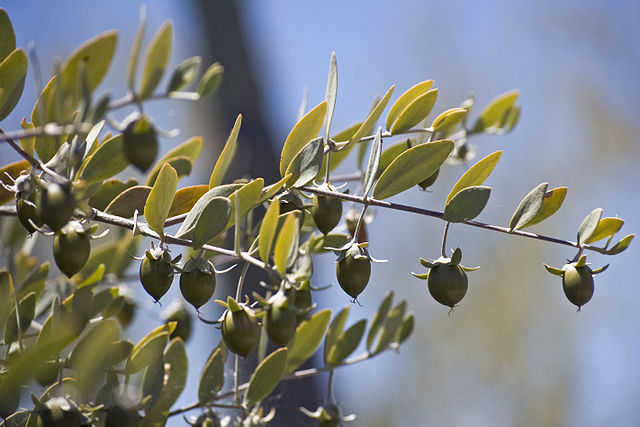
Interest on Jojoba crop was, and still is, jojoba oil, which is not a glyceride fat, but a liquid wax with unique chemical configuration and features. The seeds of jojoba are one of the world’s only known sustainable sources of liquid wax esters and have been used as an eco-friendly replacement for the similar oils.


